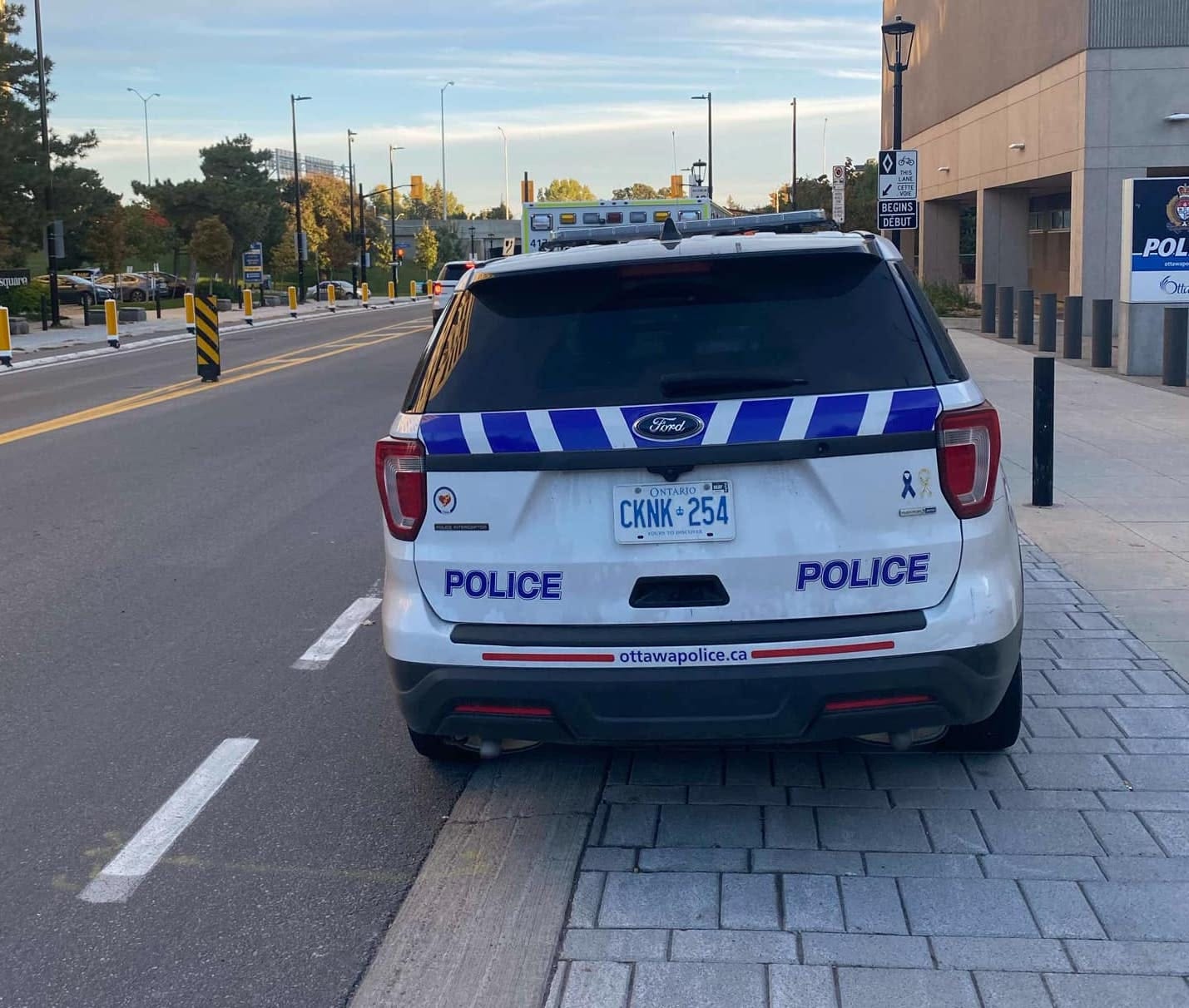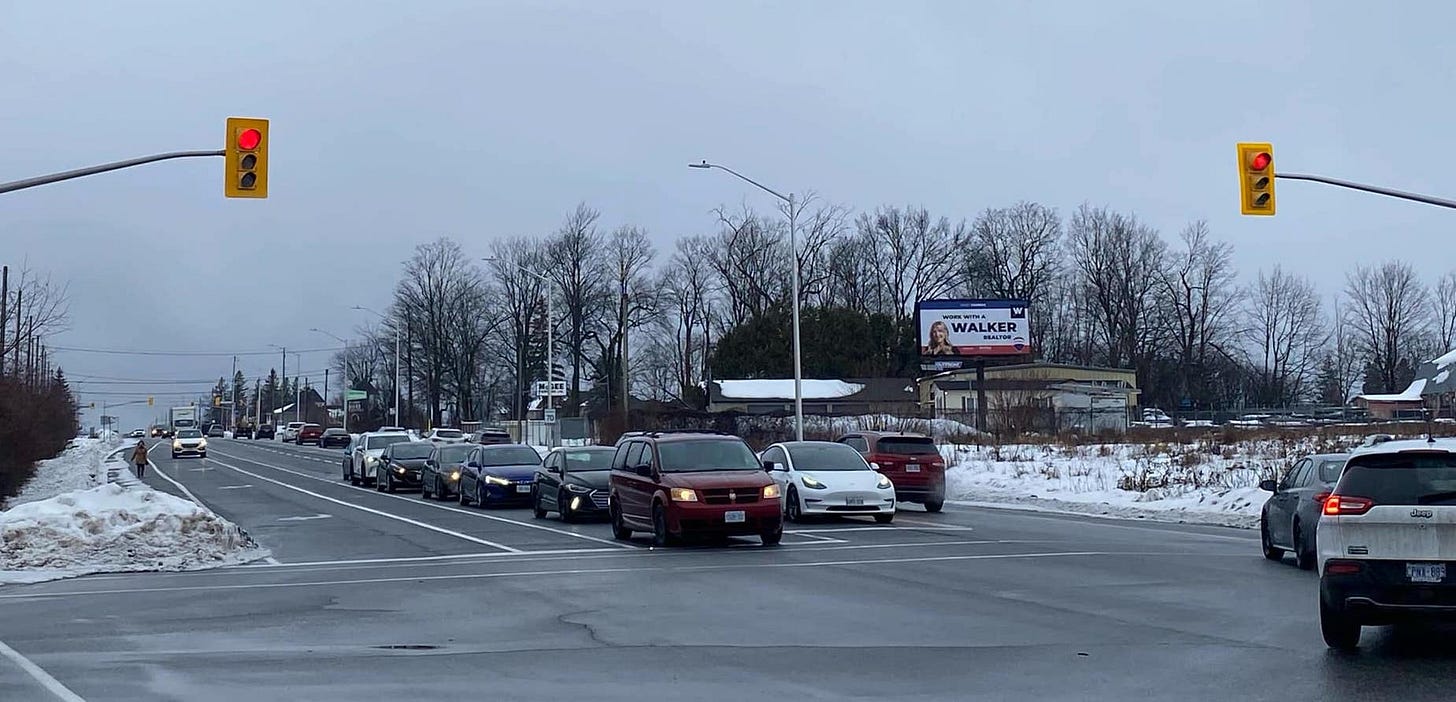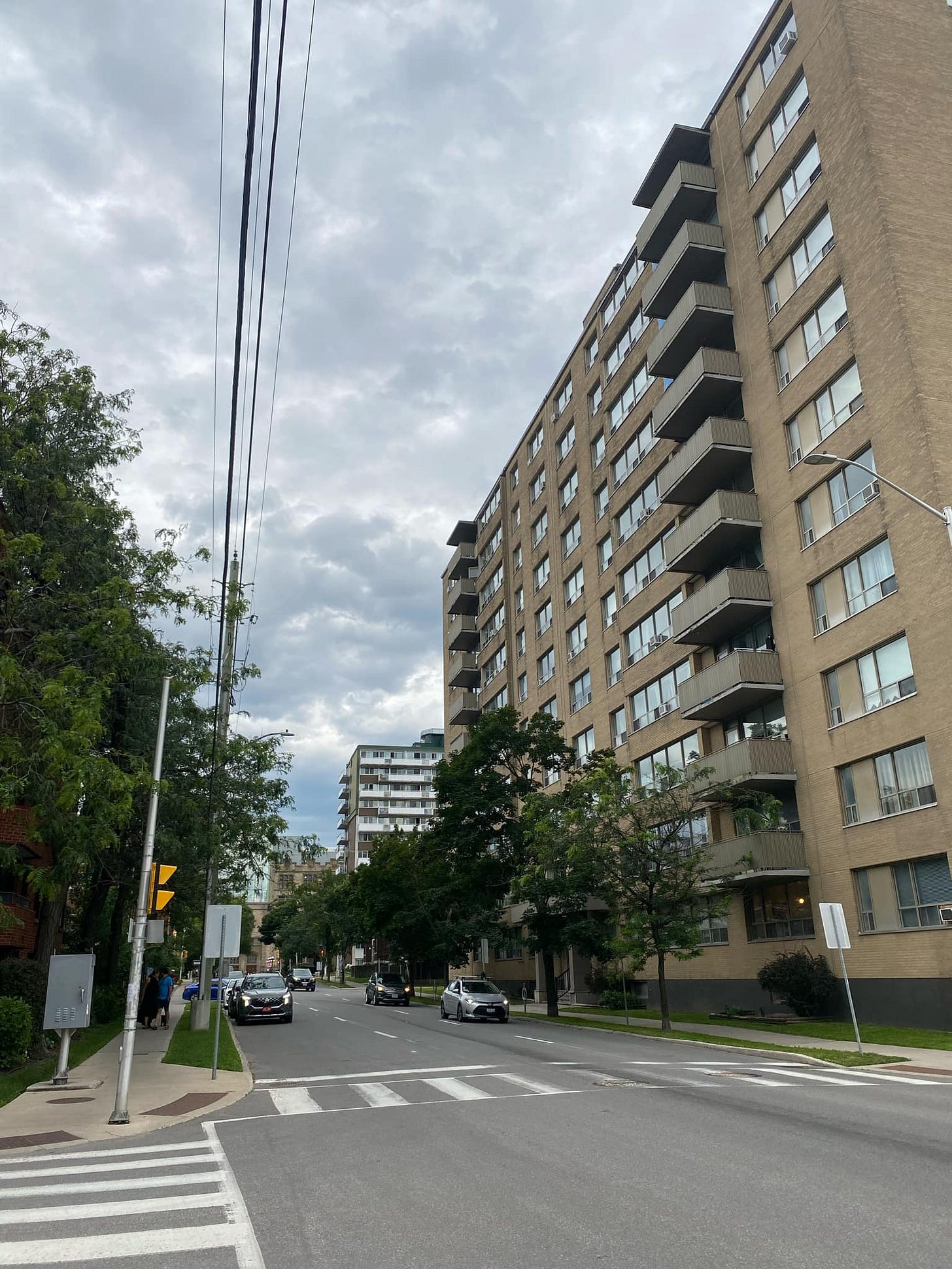In July, the Ottawa Urbanism Book Club is reading and discussing “Killed by a Traffic Engineer” by Wes Marshall. The book is very insightful and also surprising, dispelling many of the myths you typically hear about traditional traffic engineering.
Below are 6 things Ottawa can learn from this book.
1. Be wary of “Engineer Speak”
Wes Marshall writes about a strategy that engineers and other officials use that he calls “engineer speak”. He describes it as catchphrases used to quiet public opposition or to deflect blame. Examples include:
“Safety is a shared responsibility”, used to deflect blame from bad road design.
“We need to take a balanced approach”, used to refuse pedestrian or bike infrastructure. This one is an Ottawa favourite sadly.
“We need to study the problem further”, Used to divert public attention buy kicking the problem down the road
You should not assume these phrases are automatically used with malice or incompetence, but when you hear them pay attention and be sure to ask follow-up questions.
2. Enforcement is no substitute for good design
Marshall refers to traffic enforcement as a crutch, saying: “ If we need to rely entirely on enforcement to police our streets, we’ve done a bad job of designing our streets.”
This quote is very relevant to Ottawa as we expand our speed camera program. The speed cameras should be a short term solution, with the money from speeding tickets ultimately going towards redesigning the roads so drivers will be less likely to speed.
3. Determining the deeper causes of a crash is harder than we think
Marshall brings up a really good hypothetical that got me thinking: If a driver from a car dependent area is driving through a more walkable area and gets into a crash, tracking the deeper cause of the crash may not be as simple as we think.
You can’t only focus on where crashes happen to prevent them long term. Much of the traffic and cars on a downtown street may be due to a lack of public transit in the suburbs or a suburban road network that makes driving the only convenient option.
This is relevant to Ottawa because the share of driving trips in downtown Ottawa is just 36%, while in Ottawa’s suburbs it is well over double that at 79%.
4. Urban one way streets can be problematic
Marshall writes about how in the 1940s Louisville Kentucky flipped 33 miles of streets into one-ways and road safety got worse. He mentions one-ways potentially leading to more red-light running, more turns and further driving distances in general, and general higher speeds due to more lanes and the lack of oncoming traffic.
Perhaps Ottawa should try converting one of its urban arterials, like Kent, Metcalfe, or O’Connor, into a two-way street and see what happens. Other two-way arterials downtown like Bank Street or Elgin Street certainly feel safer to me.
5. Sharrows are not safe bike infrastructure
“Without account for dooring crashes, a 2013 study from Toronto found that streets with sharrows had a higher risk of injury for bicyclists than streets without”
Sharrows have always seemed like a half-baked solution to me, but I was surprised about Denver's traffic engineer James Mackay’s reasoning for inventing the sharrow: “I was always under pressure to do less.”
Ottawa should do away with the sharrow. Not every street needs bike infrastructure, but when building bike infrastructure Ottawa should do it properly and put effort into separate facilities.
6. Ottawa needs a diagonal pedestrian crossing
Killed by a Traffic Engineer gets into the history of diagonal pedestrian crossings, also known as scramble crossings, or the “Barnes Dance”. The name comes from a Denver newspaper report in the 1950s, mentioning Henry Barnes, a Denver Traffic Engineer that popularized the crossing: “Barnes has made the people so happy that they’re dancing in the streets.”
The Barnes Dance, a kind of intersection that changes all the lights to red and allows pedestrians to cross whichever way they want, including diagonally, shows the importance of putting pedestrians first in pedestrian first areas. It makes the areas faster to walk through and feel safer.
Where would you like to see a diagonal pedestrian crossing in Ottawa?









There is diagonal pedestrian crossing all over the place in Quebec City, and it's WONDERFUL. Montreal has started doing it in the NDG borough (along Monkland Ave) and it seems to be well-received.